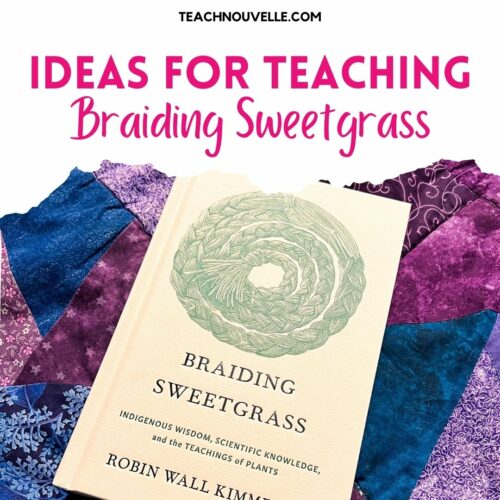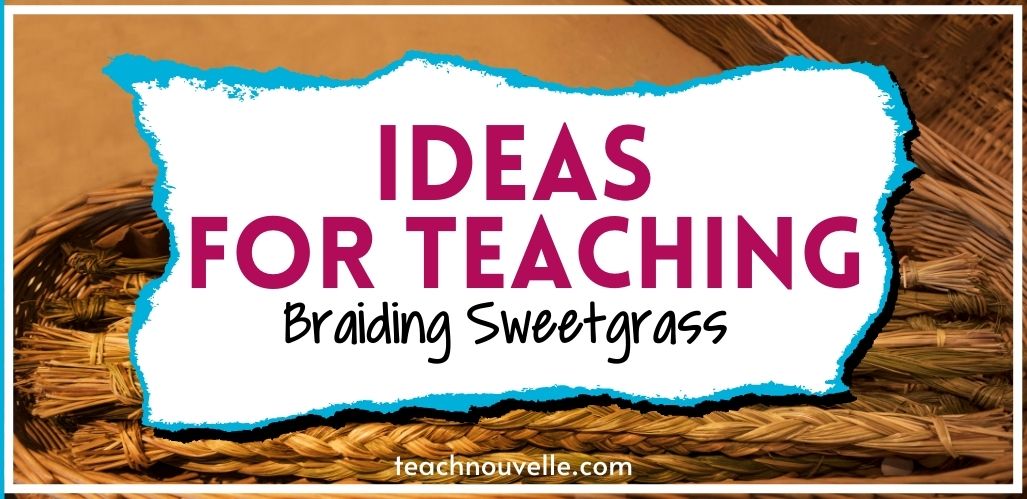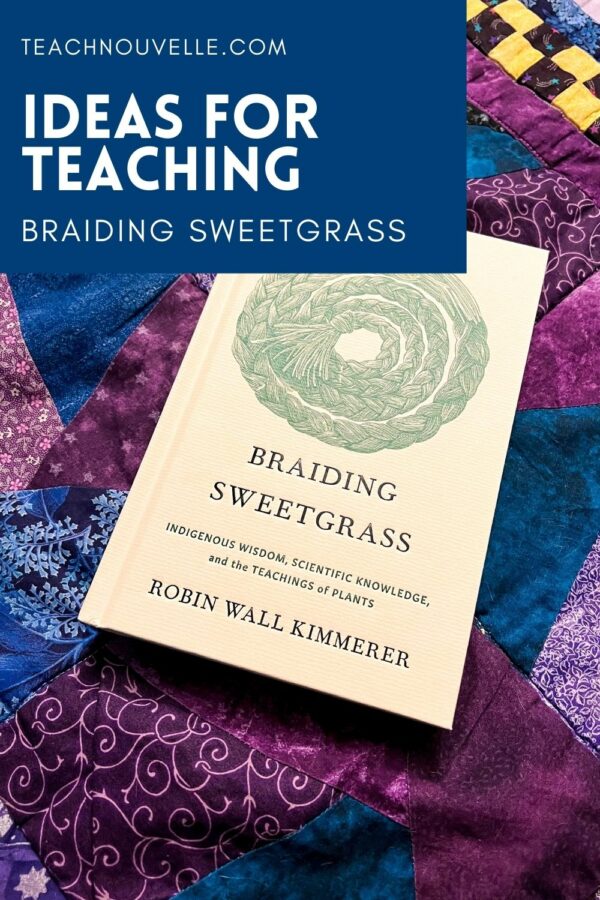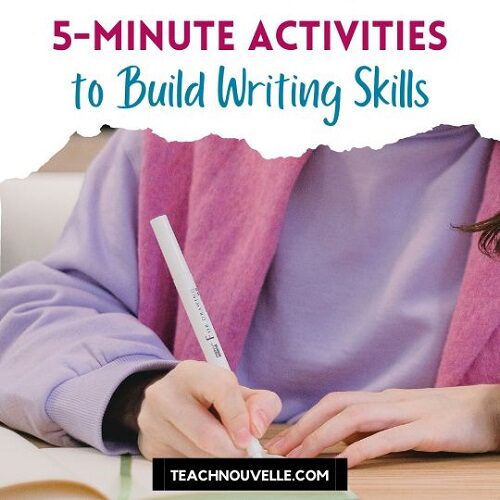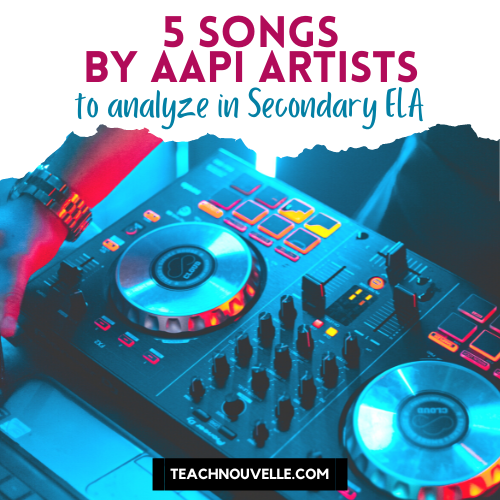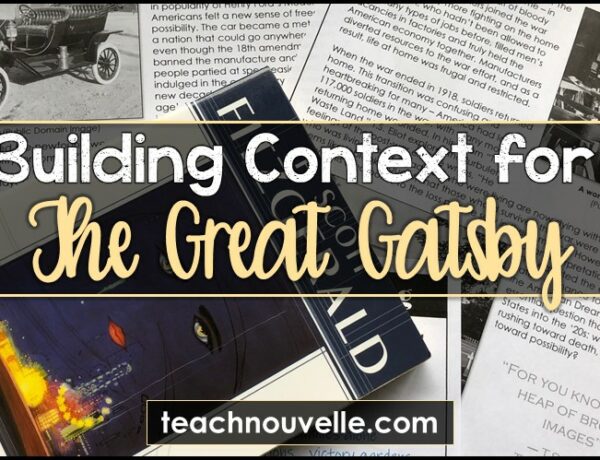Braiding Sweetgrass by Robin Wall Kimmerer is part poetry, part memoir, and part ecological treatise. Here are some ideas for teaching Braiding Sweetgrass in excerpts.
“Like Creation stories everywhere, cosmologies are a source of identity and orientation to the world. They tell us who we are. We are inevitably shaped by them no matter how distant they may be from our consciousness.”
-from Braiding Sweetgrass
I’m a high school English teacher. I’ve taught both mythology and American literature and have used Braiding Sweetgrass by Robin Wall Kimmerer as a tool for teaching different concepts in both classes.
Before I begin: it is incorrect to call Indigenous stories “mythology” and I acknowledged that in my teaching of the course. We cannot refer to a group of people’s deeply held beliefs as mythology. Hence, I prefer the term Kimmerer uses: cosmologies.
Skywoman Falling from Braiding Sweetgrass by Robin Wall Kimmerer
“I have Bruce King’s portrait of Skywoman, Moment in Flight, hanging in my lab. Floating to earth with her handful of seeds and flowers, she looks down on my microscopes and data loggers. It might seem an odd juxtaposition, but to me she belongs there. As a writer, a scientist, and a carrier of Skywoman’s story, I sit at the feet of my elder teachers listening for their songs.”
-from Braiding Sweetgrass
When I’m teaching Braiding Sweetgrass, I have students examine this painting before we discuss the story. I have students look at Bruce King’s portrait of Skywoman (above) and answer the following questions:
- When you first looked at the painting, what was the first thing you noticed?
- How would you describe the tone of the painting? Give two examples from the scene that support your conclusion.
- What viewpoint did Bruce King give to the painting? By this, I mean, where does the artist have us “standing” as we look at the scene? What’s interesting about this choice? Who are we actually supposed to be in the scene?
- How do the artist’s color and lighting choices impact the message the viewer takes away from the painting?
The questions are conversation generators, and we revisit the painting after reading the story: How has your opinion changed since learning the context of the painting? How would you illustrate this story?
Students, like the people who came before us, are grappling with the question of purpose.
Why are we here? Where did we come from? Creation stories offer the opportunity to discuss both the questions students are grappling with and to reflect on our own beliefs. What biases do we all have and how has our view of the world shaped how we interact with it? Because of this, I like to begin the year by comparing different creation stories — specifically Skywoman, but also Hebrew, Greek, Ugandan and Chinese. Through this comparison, we cover the concepts of universal themes and archetypes as well as metacognition and beliefs. The most fulfilling moment is when students realize the interconnectedness of humanity—we’re not all so different after all.
There’s a beautiful moment in this essay where Kimmerer talks about reading the Skywoman story to her own students, most of whom had never thought about the creation stories from their cultures. For her, it’s a lesson in botany. What positive relationships do people have with our environment? For me, it is a conversation generator: what is our responsibility as citizens and to the environment?
Last, we talk about Kimmerer’s worldview/ the worldview in her culture. What are our worldviews?
Read this post for more recommendations of indigenous
literature you can use in the classroom!
Using Braiding Sweetgrass to teach how humans have the power to make an impact in our communities and for our environment.
Sustainability was a major theme of Braiding Sweetgrass, with Kimmerer writing,
“We need acts of restoration, not only for polluted waters and degraded lands, but also for our relationship to the world. We need to restore honor to the way we live, so that when we walk through the world we don’t have to avert our eyes with shame, so that we can hold our heads up high and receive the respectful acknowledgment of the rest of the earth’s beings.”
I live in Washington State, and we integrate sustainability into the standards. I know this might not be the case for other states, but adding in a few integrated lessons on stewardship in connection with Braiding Sweetgrass is an easy, doable task. The students I teach are very interested in the environment, and especially after this year (we had record flooding and multiple days off school because of weather), want to know what more they can do to help the environment.
I live in the traditional lands of the Lummi people. I am Lummi. We are a Coast Salish people who have lived in villages around the northwest corner of Washington since time immemorial. Because of colonization, sloughs and lakes were drained, and towns were built. Land that historically flooded became rich, fertile farmland.
Nature provides us with everything we need to survive. But what happens when we take too much? Or build too much? These are all conversations I have had with my students after so many days of flooding.
Hence, Kimmerer’s lessons on reciprocity can work twofold: integrated as an interdisciplinary science unit and as a lesson on civic engagement.
Example sustainability lesson for teaching Braiding Sweetgrass:
| 15 min | Entry journal write: Q: How can you make a difference? Some ideas: 1. Sustainability 2. Our region 3. Our world |
| 30 | An excerpt from Braiding Sweetgrass In small groups, discuss: Now what? What does sustainability look like in our region? |
| 5 min | Journaling activity – now what are you thinking? What is one doable task that you can do to make a difference in your community? |
Essential Questions:
- How do individuals make a difference?
- What makes an argument convincing?
- How important is it to listen to our ancestors?
Learning Targets:
Students will be able to:
- Recognize an author’s point of view in an informative piece of writing.
- Formulate questions for discussion.
- Gather information and cite sources.
- Present their opinion to their peers and community.
- Use different perspectives to make informed decisions.
CCSS
- 7.WI.1: Write arguments to support claims with clear reasons and relevant evidence.
- 7.W.7: Conduct short research projects to answer a question, drawing on several sources and generating additional related, focused questions for further research and investigation.
- 7.W.8: Gather relevant information from multiple print and digital sources, using search terms effectively; assess the credibility and accuracy of each source; and quote or paraphrase the data and conclusions of others while avoiding plagiarism and following a standard format for citation.
Final Thoughts
Are you teaching Braiding Sweetgrass? Share your ideas for teaching excerpts or the entire novel in the comments or over on IG.
Victoria Caswell is a high school English teacher in Washington State. She’s a Lummi tribal member and enjoys reading, gardening, and baking. She can be found on Instagram at @flourywords.
Her first blog post on TeachNouvelle was Indigenous Texts for Middle & High School ELA, check it out!

